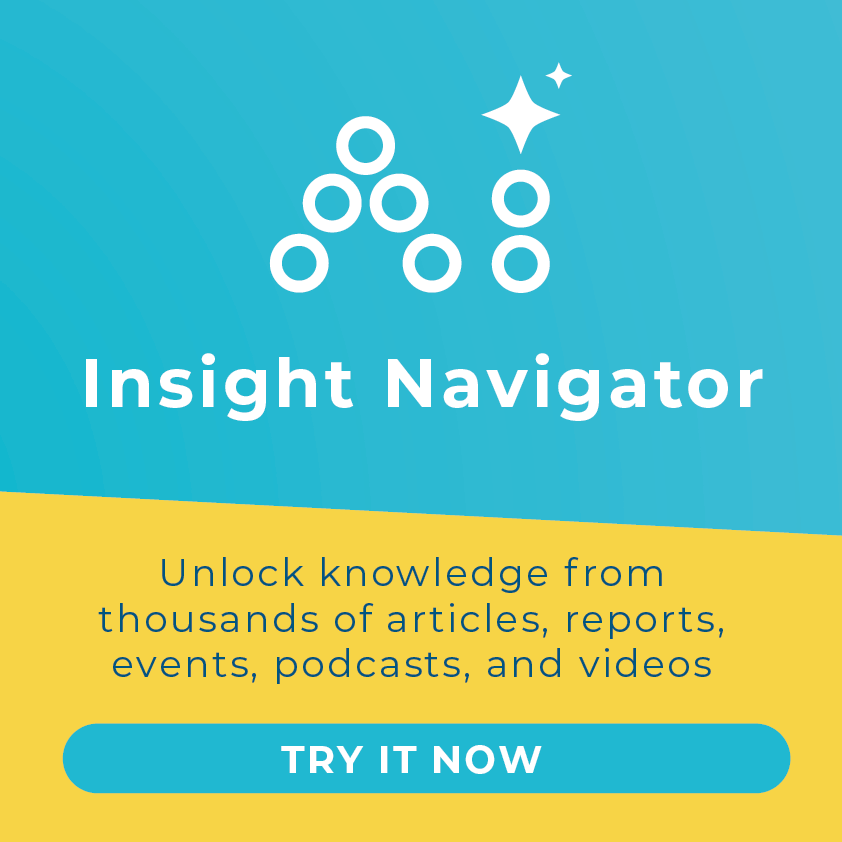“I see the change we need to make. I’m ready to go for it!” said a corporate executive after a partnership design meeting with CARE. CARE staff said the same. These are the moments where we feel transformation happening in the room. We have worked through tough issues and we know we are co-creating something great. To deliver lasting change, we need a lot more of these moments.
CARE has set a bold goal to join with our partners to support 150 million people from the most vulnerable and excluded communities – with a special emphasis on women and girls – to overcome poverty and social injustice by 2020. Strategic partnerships with leading companies, such as Cargill, Walmart, Gap, Visa, Danone, Procter & Gamble and others, are critical to our efforts. CARE was an early adopter of the shared value approach: building business models and partnerships to fight poverty while improving the bottom line. Although we’ve had successes, many promising approaches fail to scale up. They get stuck as “pockets of brilliance” in a few countries or business units.
One important roadblock to scale is limited capacity, beyond corporate sustainability teams and NGO private sector teams, to translate social impacts to business success and vice versa. Large strategic partnerships depend on making the case to a variety of teams in companies (sustainability, procurement, business units, marketing, channel managers), and NGOs (technical experts, country directors, advocacy teams, brand and communications leads), using language and data that speak to each. On the margins, we all do this well; corporate sustainability teams and NGO private sector teams speak the same language. But beyond these teams, shared value efforts are often lost in translation when employee skills, incentives and organizational cultures don’t line up.
Here are four lessons to help business and NGOs speak the same language and drive scale.
1. From the beginning, ask the right questions and build champions.
Early champions are crucial. In some cases, our partnerships start in R&D or special venture teams, or at the CEO level, but most begin with corporate sustainability teams, who are responsible for global strategies that address the social and environmental impacts of the company. Corporate foundations have also been tremendous partners.
In our first conversations, we frame shared value goals: support women in agricultural supply chains to increase yields; empower women in apparel factories, which reduces absenteeism and drives productivity; or engage poor and marginalized people as sales agents in profitable bottom of the pyramid (BoP) distribution models that improve health outcomes in poor communities.
We find the following questions to be particularly helpful: What problem is the company trying to solve? How does this align with CARE’s impact goals? What assets does each partner bring to create a solution? Who needs to buy in? What are the drivers of value creation? Where do we anticipate barriers to scale? What is our shared learning agenda? And how do we measure our success?
After these initial conversations, our champions connect us with business units and functional departments to fully develop the shared value approach. For example, we are working with a consumer products company to create a new BoP distribution model in Africa. The company created a global project team including channel managers, marketing and sales, and finance; CARE technical experts and implementers are equally members of that team.
2. Build employee capacity: “We need more translators across companies and NGOs.”
Demand is growing from both NGOs and companies for employees who can translate between social impact and business objectives. Hiring staff with private sector experience in NGOs, and international development experience in companies, is a good start.
More than ever, building employee capacity is an important aspect of our partnerships. CARE is partnering with corporate human resources and business leads to train employees to address gender in supply chains, and to incorporate participatory methods in market analyses. Years ago, CARE created Gender Equity and Diversity training for our own staff, which we are now using with corporate partners.
3. “What do you really mean?” Key words and phrases can signal challenges with underlying incentives.
ven if employees understand the benefits of shared value, without the right incentives, timelines and resources, these efforts will be short-lived.
- “Partner” vs. “vendor”: in some cases, business units have expected CARE country offices to deliver training just like any other vendor, without the focus on social impact we have designed at the global level.
- “Long-term”: to a company, long-term might mean 18 months; to CARE, transformative, long-term impact means more than 5 years.
- “Cost per participant”: if the cost/participant is too high, the model isn’t scalable; a low enough cost/participant often eliminates meaningful social change. In these cases, an initial investment can build capacity – for example, of women entrepreneurs – for future inclusion in core business.
All of these cases require us to examine underlying incentives. Re-engaging senior leadership, incorporating shared value targets in performance reviews, revisiting timelines and, in some cases, seeking additional sources of funding are all important steps.
4. “How do we know if it is working?” Invest in learning and evidence generation.
If “learning” and “evidence” aren’t part of the conversation, it will be nearly impossible to drive scale. Shared value models, particularly at scale, push the boundaries of what we know and how we work. A core team from across functions and geographies, with a shared learning agenda, is one effective approach. Adequate budget for monitoring and evaluation is also key. And, to reach scale, investments in learning platforms and an organizational learning culture are essential.
Today, across the 80+ countries where we work, partnering with local companies, global corporations and their value chains, microfinance institutions, social enterprises, and impact investors is a growing part of our strategy to end poverty. Building the capacity of both CARE and our partners to translate between business objectives and social impacts is essential if we are to move the needle against poverty.
The “More than Semantics” series is supported by the Citi Foundation.










